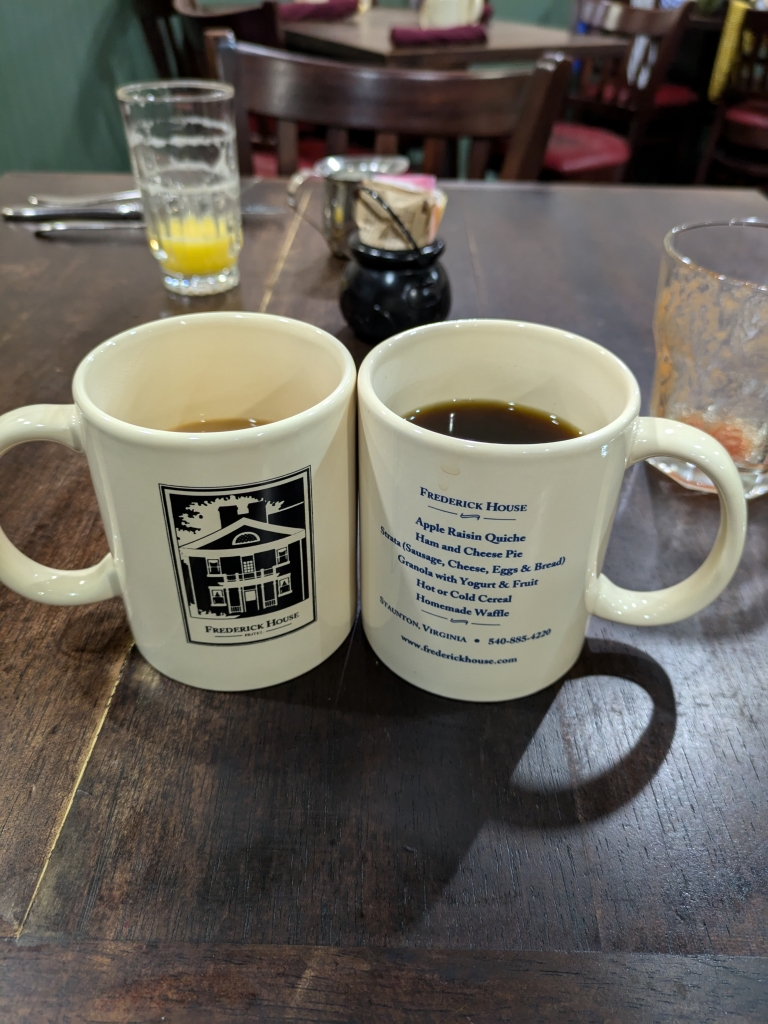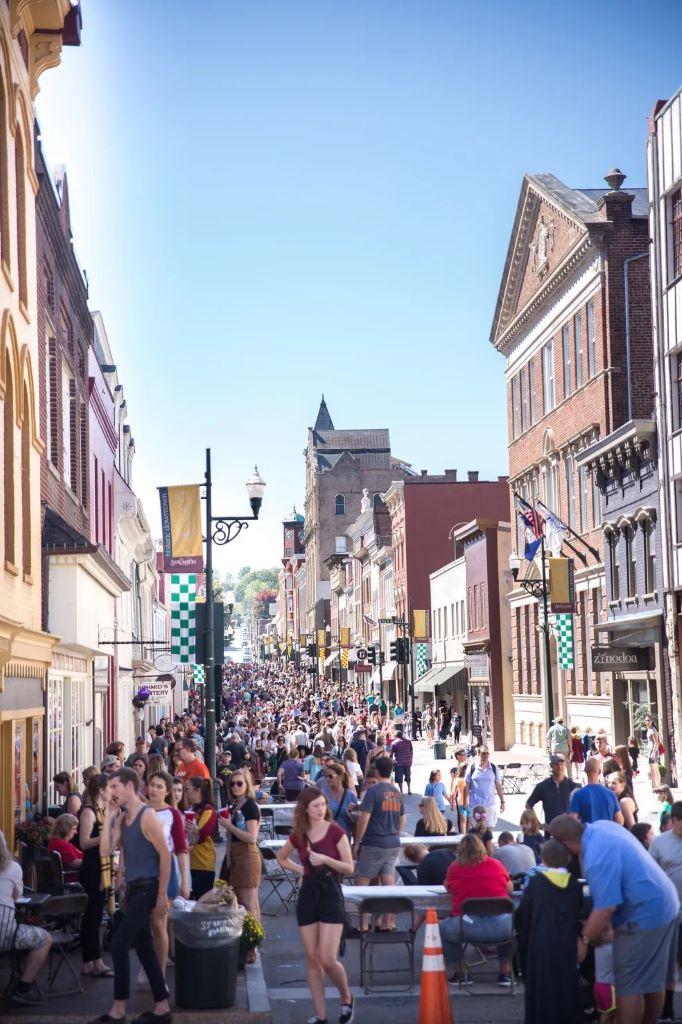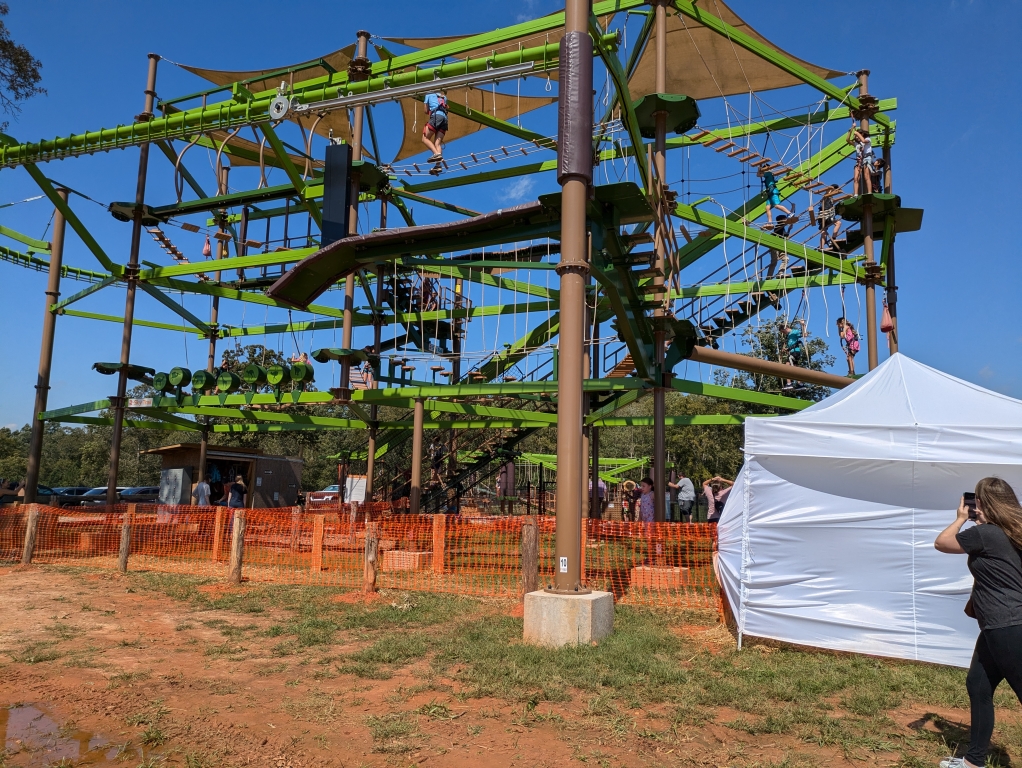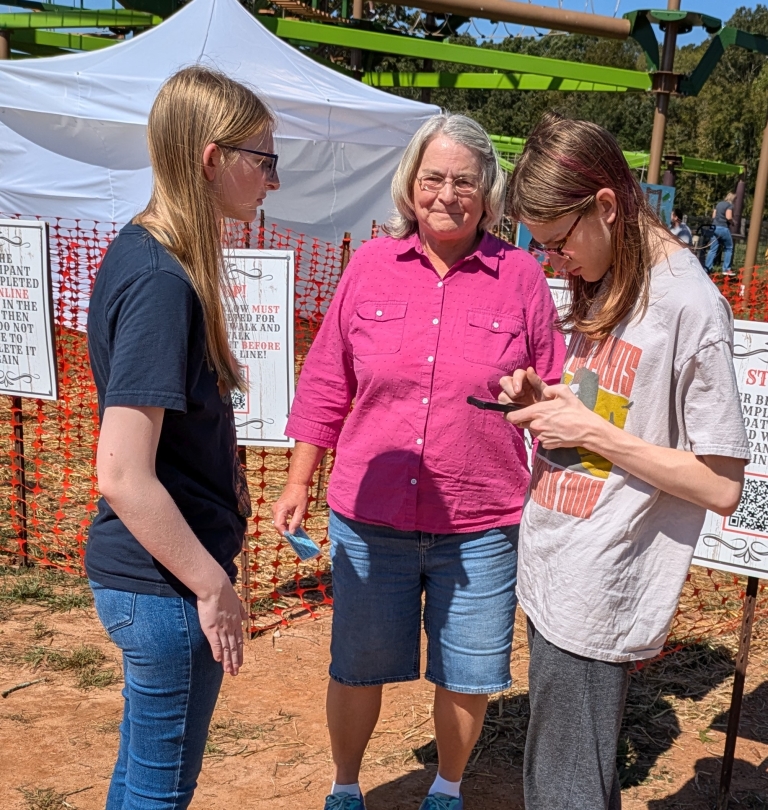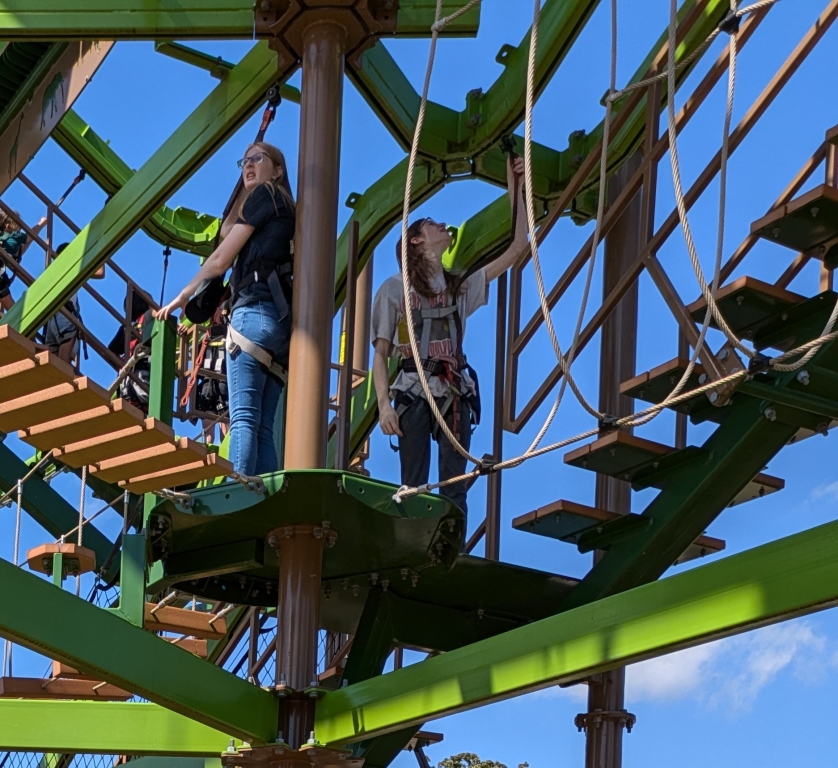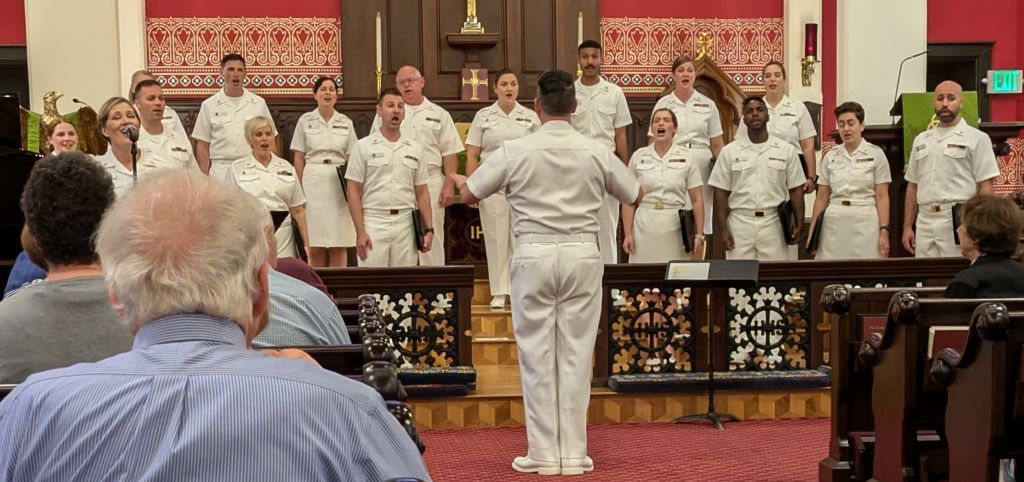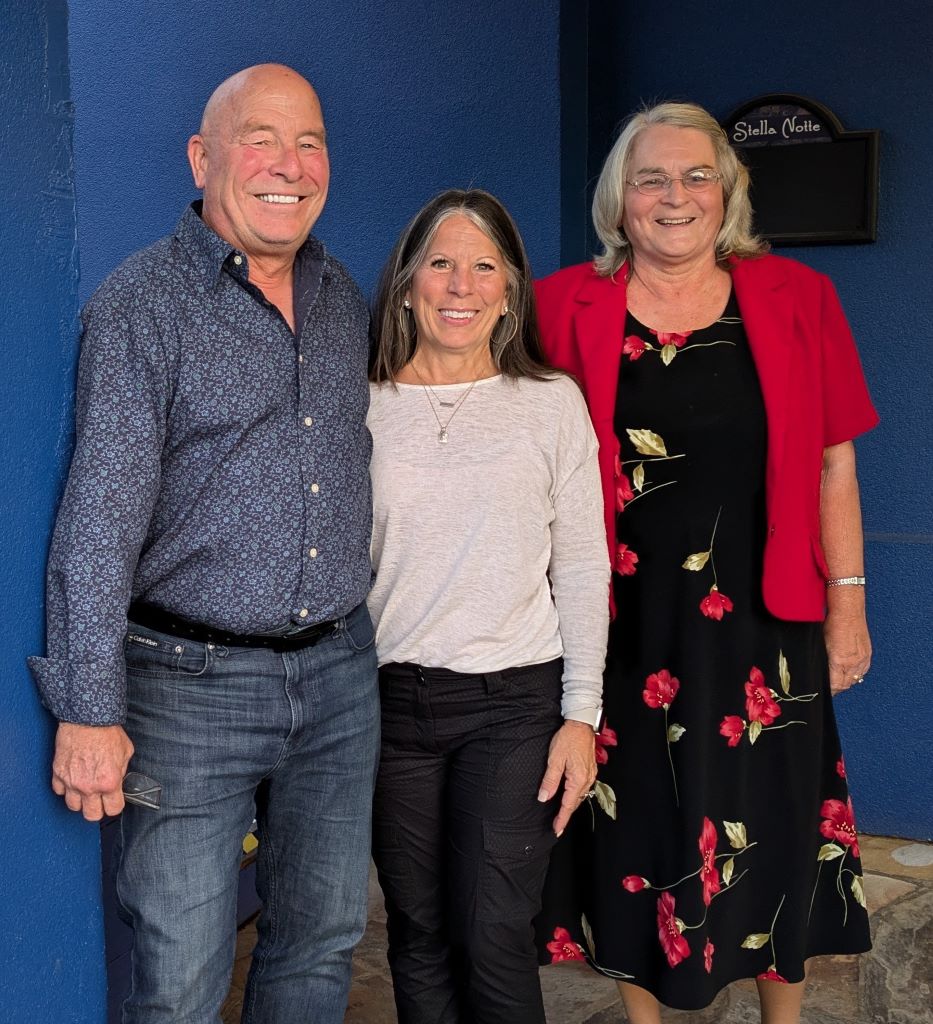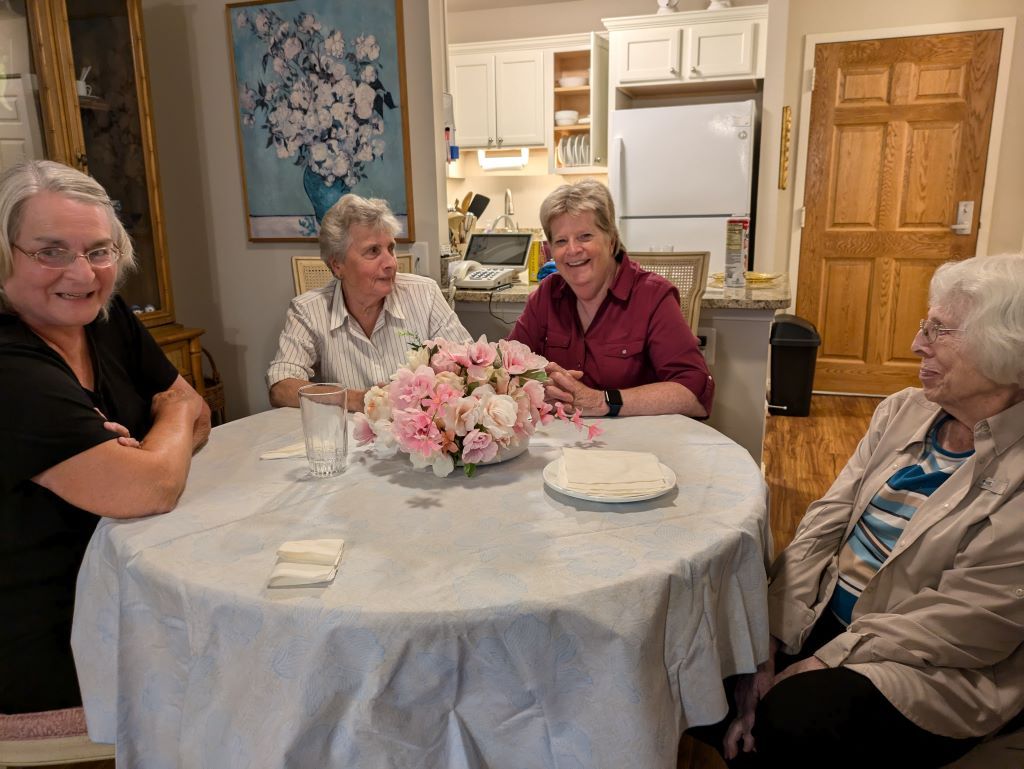The major topic for our HOA (Home Owners Association) has been our roofs. Leaks have been steadily increasing. Areas that should use fireproof plywood didn’t have it. The fake chimneys can’t be properly flashed. The HOA did studies, consulted engineers, and discussed. This culmination came last week. The board decided we needed to remove the chimneys, replace all of the plywood, and install 40-year shingles. Last Thursday, we voted for and approved a special assessment of $6,565 per household. Only three households voted against the proposal. With good weather, all of the roofs should be replaced this year.
Danita and I attended another concert this weekend. This one was a piano concert at the Second Presbyterian Church near Guilford. (That’s the old money area of Baltimore). The music featured CPE Bach, Hyden, and Schumann. Einav Yarden is an amazing pianist. We were planning to cap the evening with a French dinner at Petit Louis Bistro. Petit Louis accepts reservations. We didn’t know how long the concert would be. Earlier in the day, I checked the website and saw that tables were available. But when we got there, they were jammed. We did a pivot to hamburgers and cheesecake at a brewery restaurant.
We’re looking forward to some very nice weather. Temperatures will approach 80. The fall colors are starting. It should be a wonderful week. I hope this finds everybody doing well.

